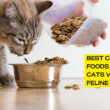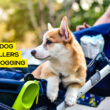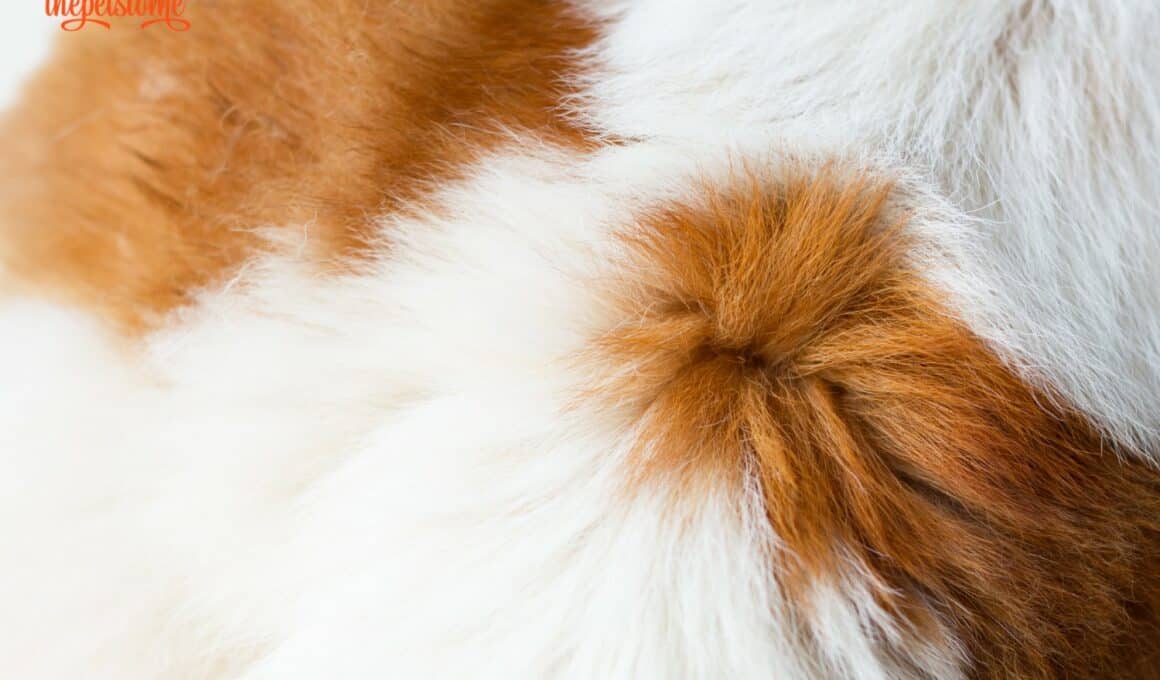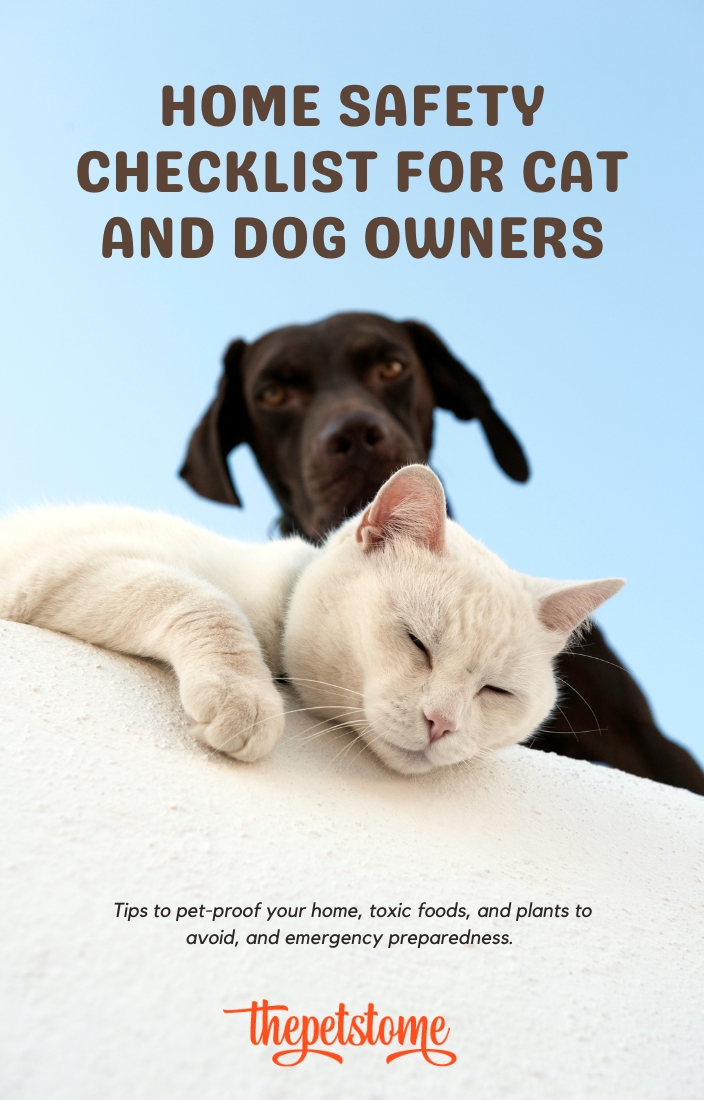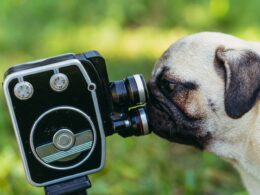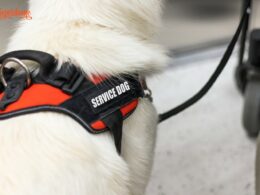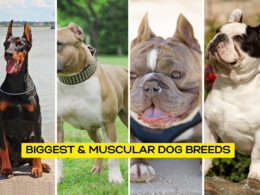Table of Contents Show
Sometimes, our furry friends can seem a little too furry! As a vet, I am frequently asked by exasperated pet owners how they can stop their dogs (be they short or long-haired) from shedding quite so much hair. After all, there is only so much vacuum cleaning a pet owner can take!
First and foremost, it is essential to remember that a certain amount of shedding is entirely normal and natural, even necessary, for the majority of dogs (excluding of course the non-shedding breeds).
Short and long-haired dogs shed to rid their coats of old, damaged hairs thus making room for new hairs to grow through. This is part of a dog’s natural hair growth cycle, and so is inevitable to some extent.
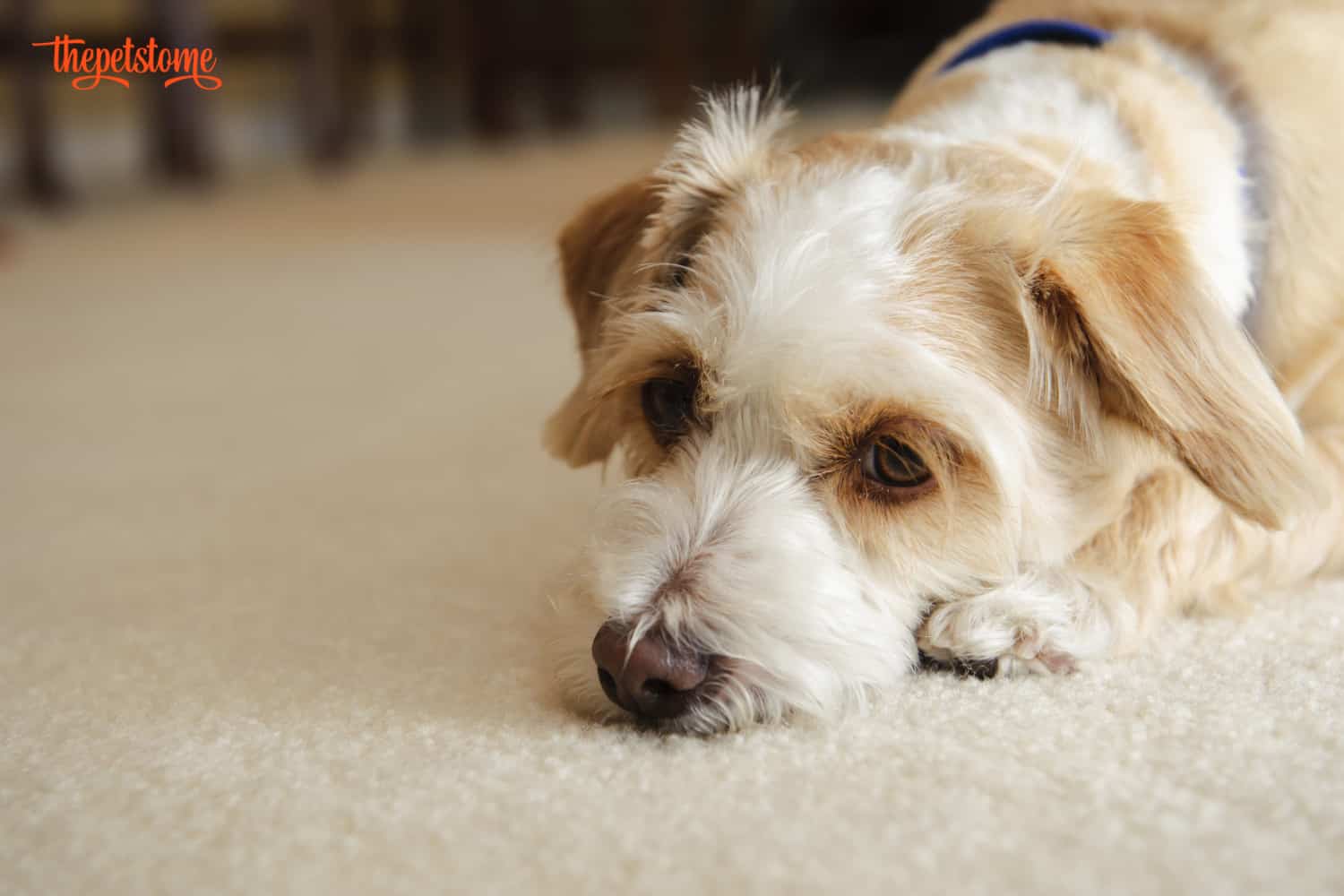
Short-Haired Dog Breeds And Shedding
A few short-haired breeds, in particular, stand out to me as being especially heavy shedders; these breeds tend to crop up repeatedly in discussions with pet owners about how to minimize shedding!
1. Labrador Retriever
The short, dense, water-resistant coat of a Lab is fairly easy to maintain overall, especially when compared to long-haired breeds. However, these guys do shed a lot, especially when it comes to seasonal changes. Labs will shed their undercoat twice yearly (spring and autumn), in most cases.
2. Boxers
Such lovely dogs with a short, smooth coat that is generally easy to groom. The downside? They can be year-round heavy shedders, and their short hairs can stick tenaciously to furniture and clothing alike!
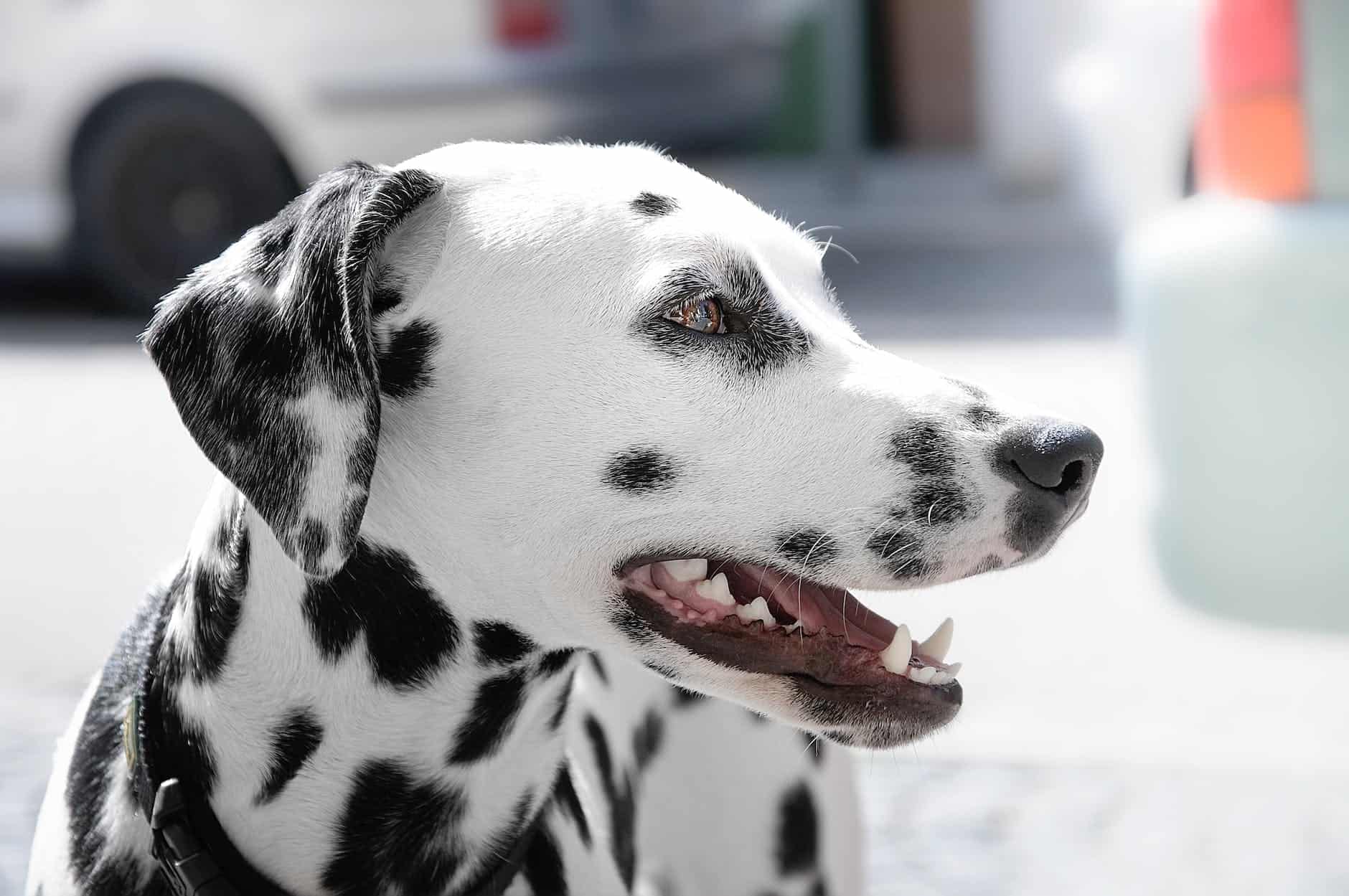
3. Dalmatian
These handsome spotted dogs boast a short, shiny coat that is the envy of many lesser-spotted breeds! Be warned though, that their tendency to shed itchy needles of hair year-round makes them a questionable choice for those who aren’t keen on vacuuming.
4. Jack Russell Terrier
Like the Labrador, Jack Russells have a double coat, and will usually shed their undercoat twice yearly, resulting in a noticeable uptick in shedding around the change of the season. The bain of many a pet owner’s life!
5. Beagles
The short, dense coat of a beagle typically sheds lightly year-round but may be affected by seasonal changes resulting in bursts of much heavier shedding.
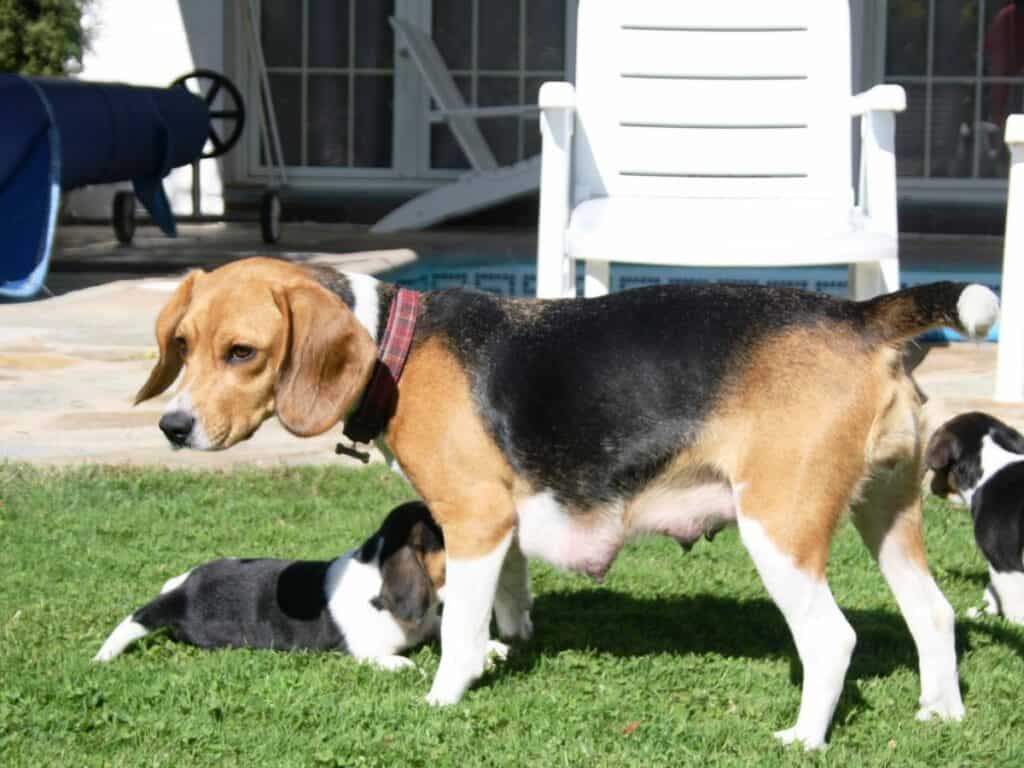
Steps On How To Reduce Shedding
Fortunately, there are several steps that you can take to help reduce shedding to the minimal level required to maintain a healthy coat. Let’s take a closer look at the steps, below;
1. Brush Your Dog Frequently
One of the very best ways to minimize shedding within your home is to remove loose hairs elsewhere! Why not take your dog outside into the garden to brush them daily with the best brushes, or better still take the brush along with you on your daily dog walk?
Brushing also helps your dog maintain a healthy coat by distributing natural oils more evenly, resulting in greater vibrancy and shine as well as – in the long term – a little less shedding.
Depending on your dog’s breed, the amount they are shedding, and the time of year, you may need to brush your dog daily, weekly, fortnightly, or monthly.
I would recommend adjusting the frequency of brushing according to how much they are shedding. And of course, if the brushing appears to be causing your dog pain or discomfort, then stop and consult with a vet.
2. Bathe Your Dog Regularly
Regular baths can help to reduce shedding, but take care not to overdo it; too many baths can strip your dog’s coat of natural oils, and dry, itchy skin (or even increased shedding!) may result.
Unless you have been advised otherwise by your vet, I would recommend one bath every 4-6 weeks for most short-haired dogs. This should be adequate to keep them smelling fresh and keep shedding to a minimum.
3. Perfect Your Deshedding Toolbox
To maximize your chances of success in your war against excessive shedding, be sure to arm yourself with the best tools for the job!
To increase the effectiveness of brushing, choose a brush that is specifically designed to de-shed, ie, remove loose hairs that would otherwise fall off over the next couple of weeks on your furniture and floors. Two of the best brands of de-shedding brushes that I’ve come across are Furminator and SleekEZ.
The Furminator brush is designed to remove loose undercoat hairs without damaging the top coat…and SleekEZ’s dog Deshedder lives up to its claim to easily remove loose hair, dirt, and dander from canine coats.
As for bathtimes, I have found that the following products yield the best results in terms of minimizing shedding for short-haired dog breeds:
- Furminator deShedding Ultra Premium Shampoo is a product specially designed to reduce shedding and promote healthy skin and coat; enriched with omega-3 and omega-6 fatty acids and can be used on all coat types.
- Earthbath Shed Control Shampoo. This shampoo incorporates organic fair trade shea butter, omega-6 fatty acids, and green tea leaf extracts to help control shedding and deodorize the coat.
- Burt’s Bees For Dogs Natural Shed Control Shampoo is probably my favorite of the bunch. Vitamin E and omega-3 fatty acids work together perfectly to reduce shedding and promote a healthy coat.
4. Rule Out Medical Conditions
If your dog is shedding very significantly then this may be a sign of an underlying health condition, especially if the hair seems to regrow very slowly (or not at all) or if your dog also suffers from dermatitis and skin issues.
Allergic skin disease, an underactive thyroid gland, and other endocrine disorders such as Cushing’s disease can all result in changes to the fur coat, including hair loss. So, if you’ve noticed a change in how much your dog sheds, it’s definitely worth getting him or her checked out with their ‘dogtor’ (that’s a dog doctor, for those who missed the joke!)
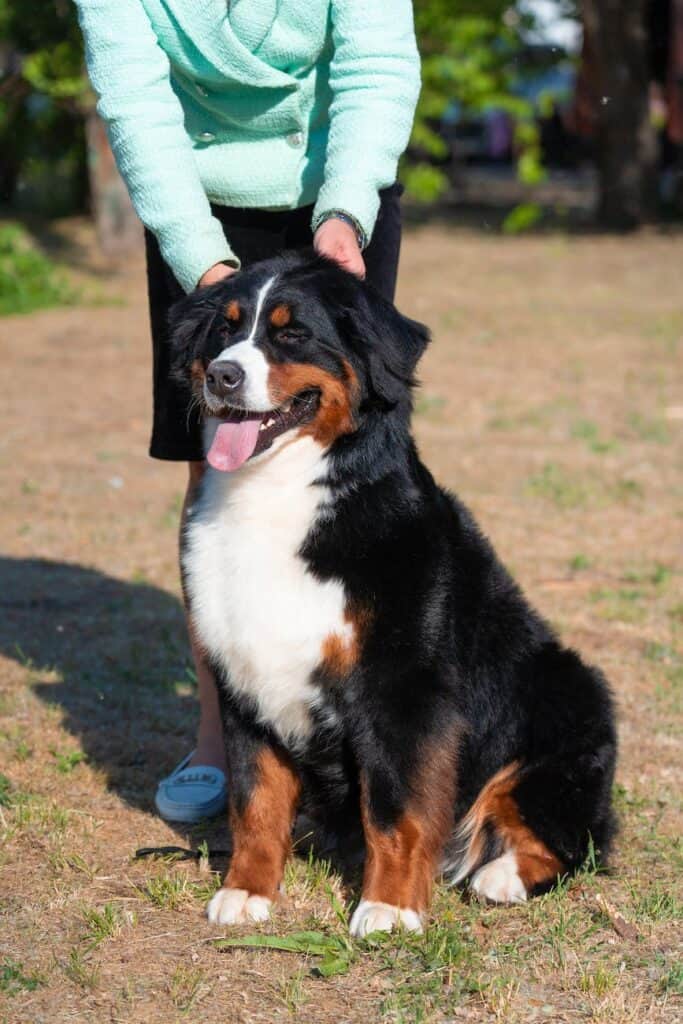
5. Perfect Your Dog’s Diet
A balanced, complete diet that provides adequate levels of nutrients and vitamins is obviously essential in helping to promote healthy skin, and in turn, a healthy coat. This has the knock-on effect of reducing shedding.
The easiest way to ensure that all of your dog’s dietary needs are being met is to feed a commercial, cooked diet, ideally, one which is supplemented with omega-3 and omega-6 fatty acids. Avoid raw meat diets; they are rarely balanced and are unsafe from an animal and public health perspective.
6. Add Omega-3 And Omega-6 Fatty Acid Supplements
If you cannot find a diet that is already supplemented with these glorious benefit-bestowing fats, then be sure to include them separately in your dog’s diet. Omega-6 (arachidonic acid) especially is essential for normal immune function and for skin and coat health.
My favorite way to boost a patient’s dietary fatty acids is for the owners to add YuMOVE’s ‘Skin And Coat Care – Itching’ oil. Time and again, owners of both short and long-haired dogs struggling with shedding, dull coats, and itchy skin report to me that this product really works, and is well worth the price tag.
Conclusion
Always having to clean out fallen furs from your home can be a daunting task.
And luckily there are several ways to reduce the amount of fur your dog would shed. This article contains a list of the recommended solutions for shedding in dogs.


